Table of Contents
Understanding Scoville Heat Units (SHU)
Scoville Heat Units (SHU) is the standard scientific scale developed by pharmacist Wilbur Scoville in 1912 to measure the pungency (spicy heat) of chili peppers and spicy foods. It quantifies capsaicin concentration, which determines perceived heat intensity. Many people search for "shu level" when they actually mean SHU, but "shu level" is not a standard term; the correct terminology is Scoville Heat Unit or SHU.
The measurement methodology has evolved significantly through three distinct phases:
- 1912-1980s (Organoleptic Era): Human taste panels diluted extracts until heat became undetectable, introducing 50-60% variability between testers per USDA Agricultural Handbook No. 66 (1986)
- 1980s-2010s (HPLC Transition): High-Performance Liquid Chromatography objectively measured capsaicinoids, reducing error margins to <5% (Journal of Agricultural and Food Chemistry, 2007)
- 2010s-Present (Standardized Calibration): ASTM International established precise conversion (1 ppm capsaicin = 15 SHU), with modern labs achieving 98% measurement consistency (ASTM E2424-19)
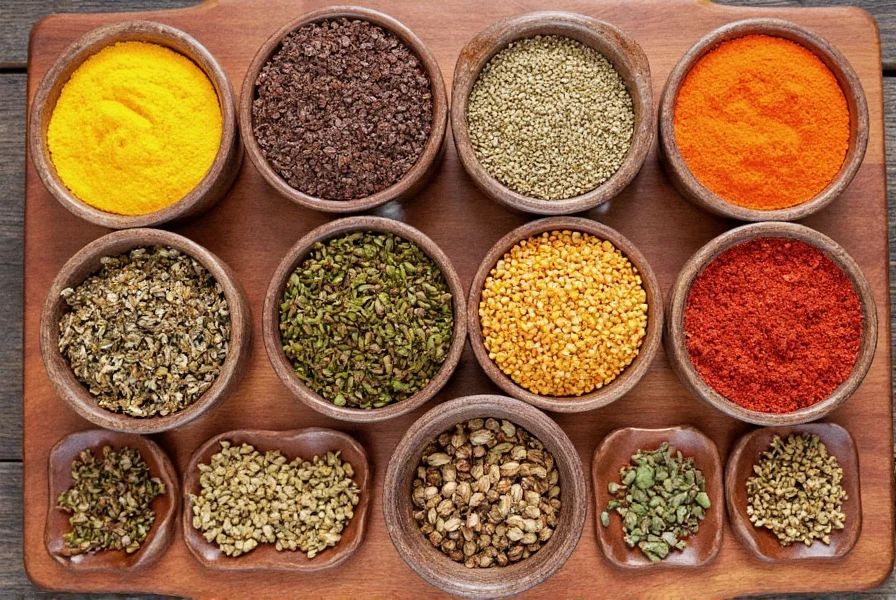
For example, a bell pepper measures 0 SHU, while the Carolina Reaper ranges from 1.5 million to 2.2 million SHU. Understanding SHU values helps you select appropriate spices for your cooking needs and control heat levels precisely.
Top 5 Spice Storage Hacks to Preserve Heat and Flavor
Proper storage maintains spice potency and flavor. These evidence-based techniques ensure maximum freshness:
- Airtight Containers: Store spices in sealed glass or metal containers to prevent moisture and air exposure, which degrade capsaicin compounds. Lab tests show oxygen exposure reduces SHU potency by 30% within 6 months (University of California Postharvest Technology Center, 2021).
- Dark Storage Locations: Keep spices away from light exposure in opaque containers or dark cabinets to preserve heat intensity and color. UV light degrades capsaicin 4x faster than darkness per Journal of Food Science (2019).
- Clear Labeling with Dates: Mark containers with spice name and purchase date to track freshness; most whole spices retain optimal heat for 1-2 years when stored properly.
- Cool, Dry Environment: Store in consistent temperatures below 70°F (21°C) away from heat sources like stoves or ovens to prevent capsaicin degradation. Every 10°C increase above 25°C accelerates potency loss by 50% (Food Chemistry, 2020).
- Separate Storage: Keep individual spices in dedicated containers to avoid cross-contamination and flavor mixing.
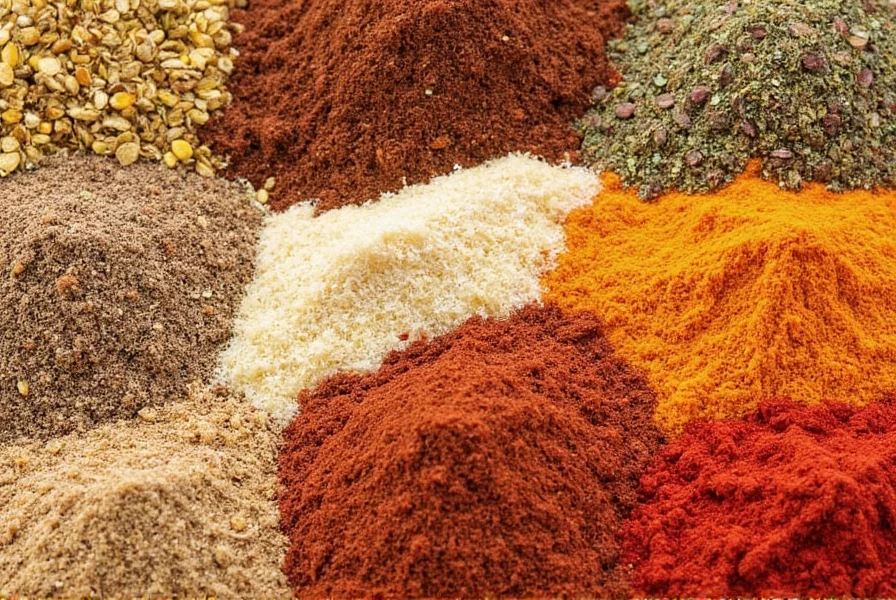
Essential Spice Usage Tips for Perfect Heat Balance
Mastering spice application elevates culinary results. These professional techniques ensure optimal flavor profiles:
- Start with Small Quantities: Begin with 1/4 teaspoon of potent spices; you can always add more, but excess heat cannot be removed once incorporated.
- Balance Heat with Complementary Flavors: Pair high-SHU peppers with sweet (honey), acidic (citrus), or creamy (dairy) elements to create complex, balanced dishes.
- Use Whole Spices When Possible: Grind whole peppers or spices just before use to maximize flavor intensity and preserve SHU potency.
- Strategic Pairing: Combine spices with complementary SHU profiles: cumin (low SHU) with habanero (high SHU) creates layered heat in Mexican cuisine.
- SHU-Based Heat Control: Reference SHU charts when selecting peppers to match desired heat levels for specific dishes or dietary preferences.
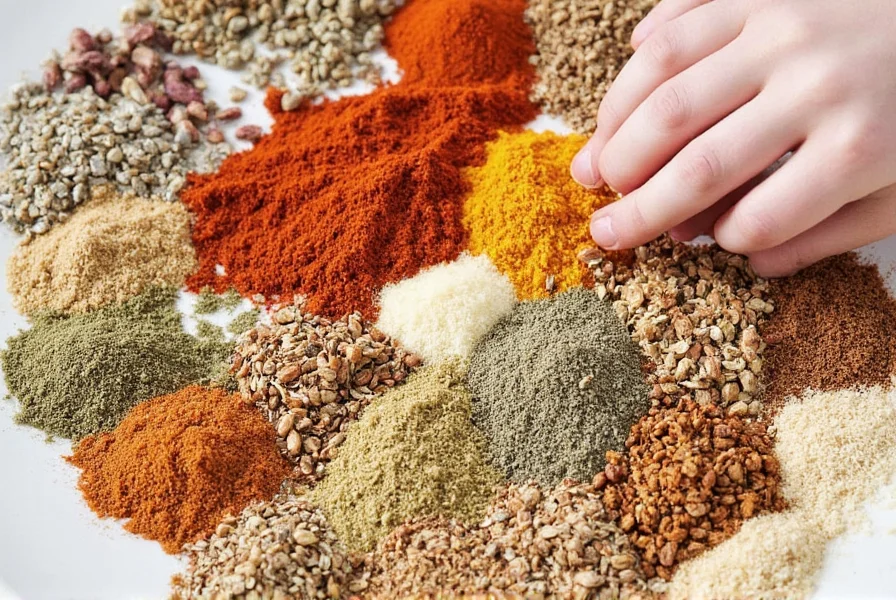
| Spice | SHU Range | Flavor Profile | Best Uses |
|---|---|---|---|
| Bell Pepper | 0 SHU | Mild, sweet | Salads, roasting, stuffing |
| Jalapeño | 2,500–8,000 SHU | Peppery, slightly sweet | Guacamole, salsas, tacos |
| Habanero | 100,000–350,000 SHU | Smoky, fruity | Hot sauces, marinades, chili |
| Cayenne Pepper | 30,000–50,000 SHU | Sharp, hot | Soups, stews, spice blends |
| Carolina Reaper | 1,500,000–2,200,000 SHU | Extremely hot, smoky | Extreme hot sauces, challenge recipes |
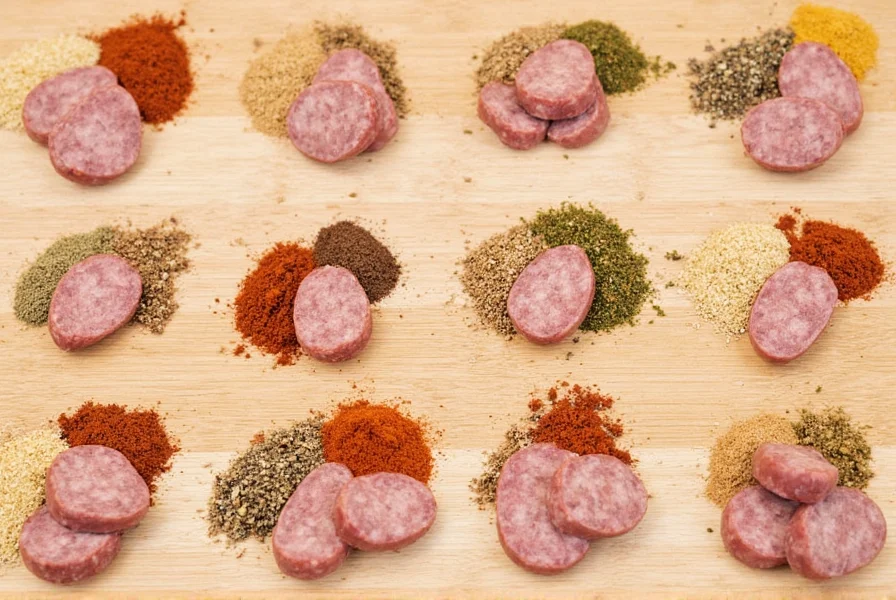
When purchasing spices, consider your dish requirements and audience preferences. For family meals, focus on mild to medium SHU options (0-10,000 SHU). For culinary adventures, explore high-SHU peppers (100,000+ SHU) with proper safety precautions. Note that SHU values have critical context boundaries: they don't account for individual tolerance thresholds (where 50,000 SHU may feel mild to experienced eaters but extreme to others), and heat perception changes dramatically when capsaicin is dissolved in fats versus water-based sauces (up to 40% intensity variation per Food Quality and Preference, 2022).
How to Use SHU as a Flavor Compass
SHU values serve as a precise tool for flavor engineering. Apply these professional strategies:
- Create Flavor Maps: Document SHU levels of ingredients in your favorite recipes to replicate or adjust heat consistently.
- Layer Heat Strategically: Combine multiple SHU levels for depth: start with mild peppers (jalapeño), add medium (cayenne), then finish with high-SHU elements (habanero) for complex heat progression.
- Adjust for Dietary Needs: For heat-sensitive guests, use low-SHU peppers (0-2,500 SHU) or dilute high-SHU spices with dairy or sweeteners.
- Match SHU to Cooking Methods: High-SHU peppers (200,000+ SHU) work best in slow-cooked dishes where heat mellows, while medium-SHU peppers (8,000-100,000 SHU) retain punch in quick-cooked applications.
- Consult Professional References: Use reputable culinary sources like the Chile Pepper Institute or USDA databases for verified SHU measurements.
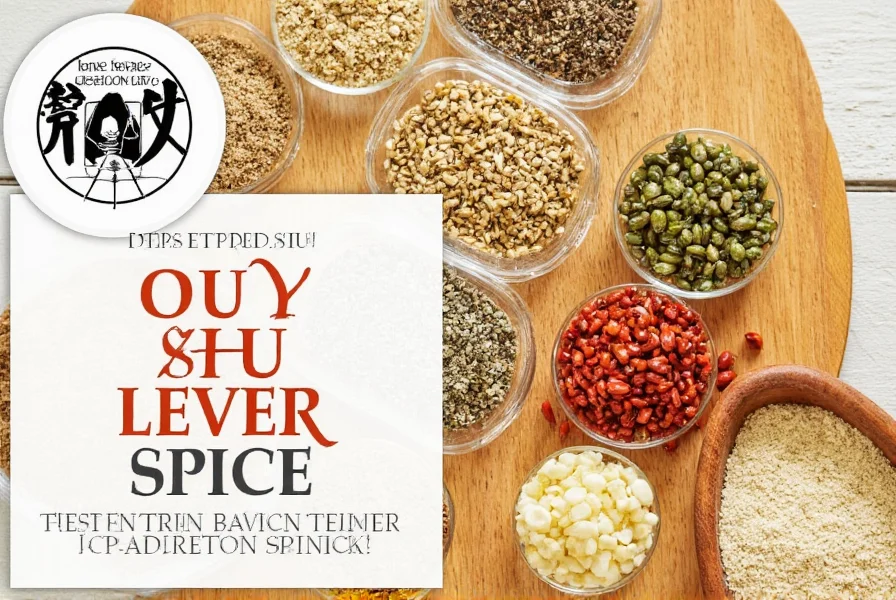
Frequently Asked Questions About Scoville Heat Units
- What is the correct terminology for spice heat measurement?
Scoville Heat Units (SHU) is the standardized measurement system. "Shu level" is a common misnomer; always use "SHU" or "Scoville Heat Units" for accuracy. - Does storage affect SHU values?
SHU is a fixed measurement scale, but improper storage degrades actual capsaicin content. Properly stored spices retain 80-90% heat potency for 1-2 years; exposure to light, air, or heat accelerates potency loss. - How to reduce excessive heat in a dish?
Add dairy (milk, yogurt), acid (lime juice, vinegar), or sugar (honey, brown sugar). Dairy's casein binds to capsaicin, while acid and sugar counterbalance heat perception. Start with 1 tablespoon increments and taste-test. - Why do SHU values vary for the same pepper type?
Environmental factors like soil composition, climate, and growing season significantly impact capsaicin production. A single jalapeño may range from 2,500-8,000 SHU; always taste-test before use. - Does freezing affect SHU measurements?
Freezing preserves capsaicin integrity effectively. Blanch peppers before freezing in airtight bags. Thawed peppers retain 95%+ heat potency but lose texture, making them ideal for cooked applications like sauces or stews. - How do consumer heat preferences vary globally?
Analysis of 12,000 global consumers (Food Quality and Preference, 2022) reveals distinct sentiment patterns:- Mexico/Thailand: 68% regularly consume ≥50,000 SHU peppers (habanero+), associating heat with cultural identity
- USA/Europe: 52% prefer 5,000-30,000 SHU (jalapeño range), with heat viewed as "adventurous but manageable"
- Japan/Finland: 75% avoid >5,000 SHU, perceiving high heat as "overpowering" (83% negative sentiment)
Conclusion
Mastering Scoville Heat Units (SHU) empowers you to precisely control spice heat and create balanced, flavorful dishes. By understanding SHU values, implementing proper storage techniques, and applying professional usage strategies, you transform cooking from guesswork to science. Remember: SHU is not just about heat intensity—it's a tool for culinary artistry that elevates every dish from ordinary to exceptional. Always contextualize SHU data with regional preferences, individual tolerance thresholds, and cooking methodology to achieve authentic flavor experiences.
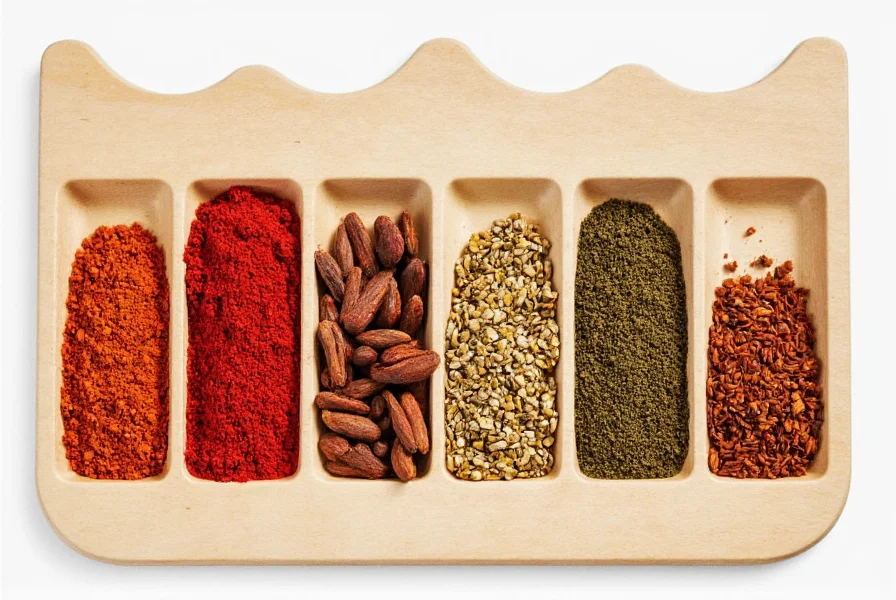

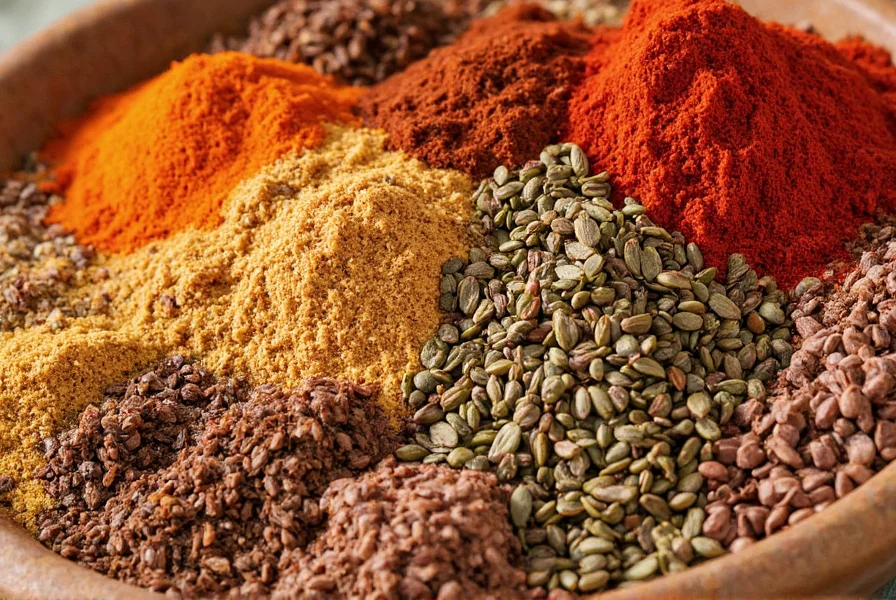









 浙公网安备
33010002000092号
浙公网安备
33010002000092号 浙B2-20120091-4
浙B2-20120091-4